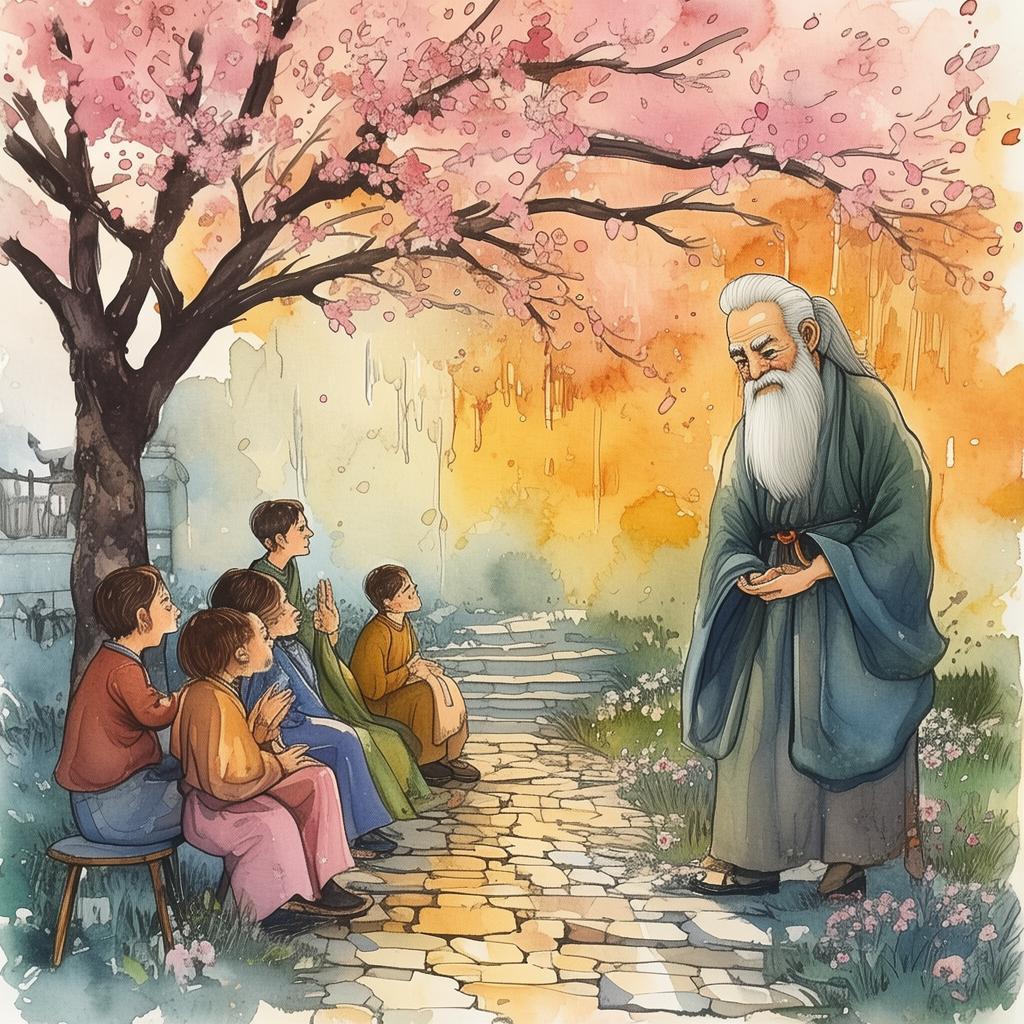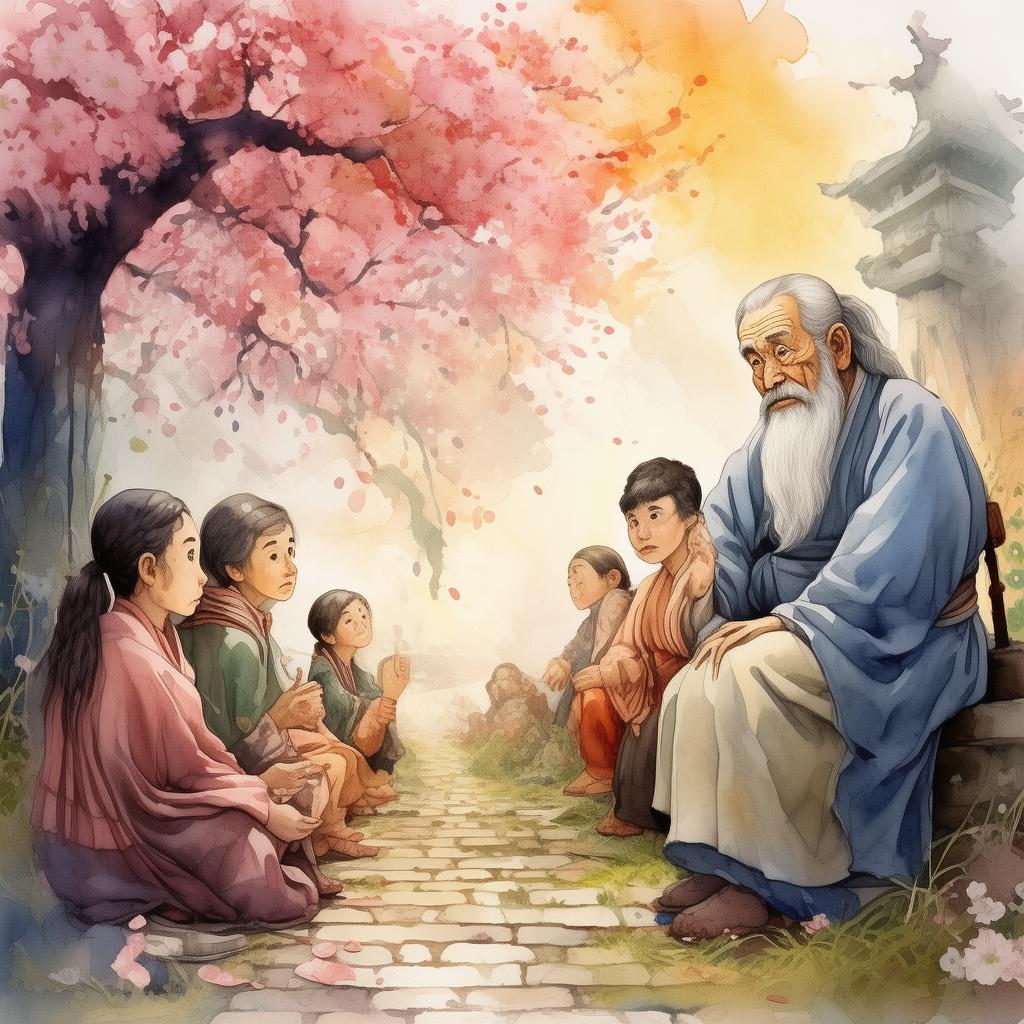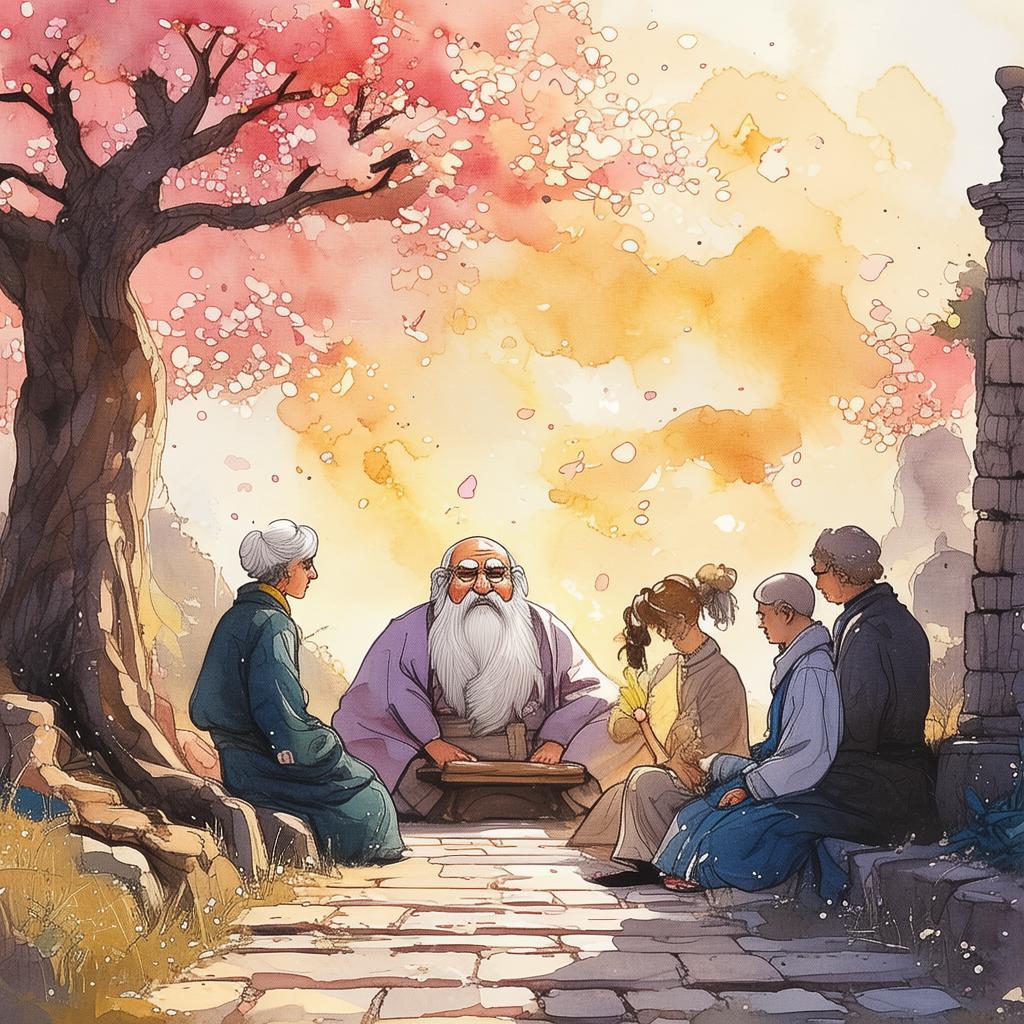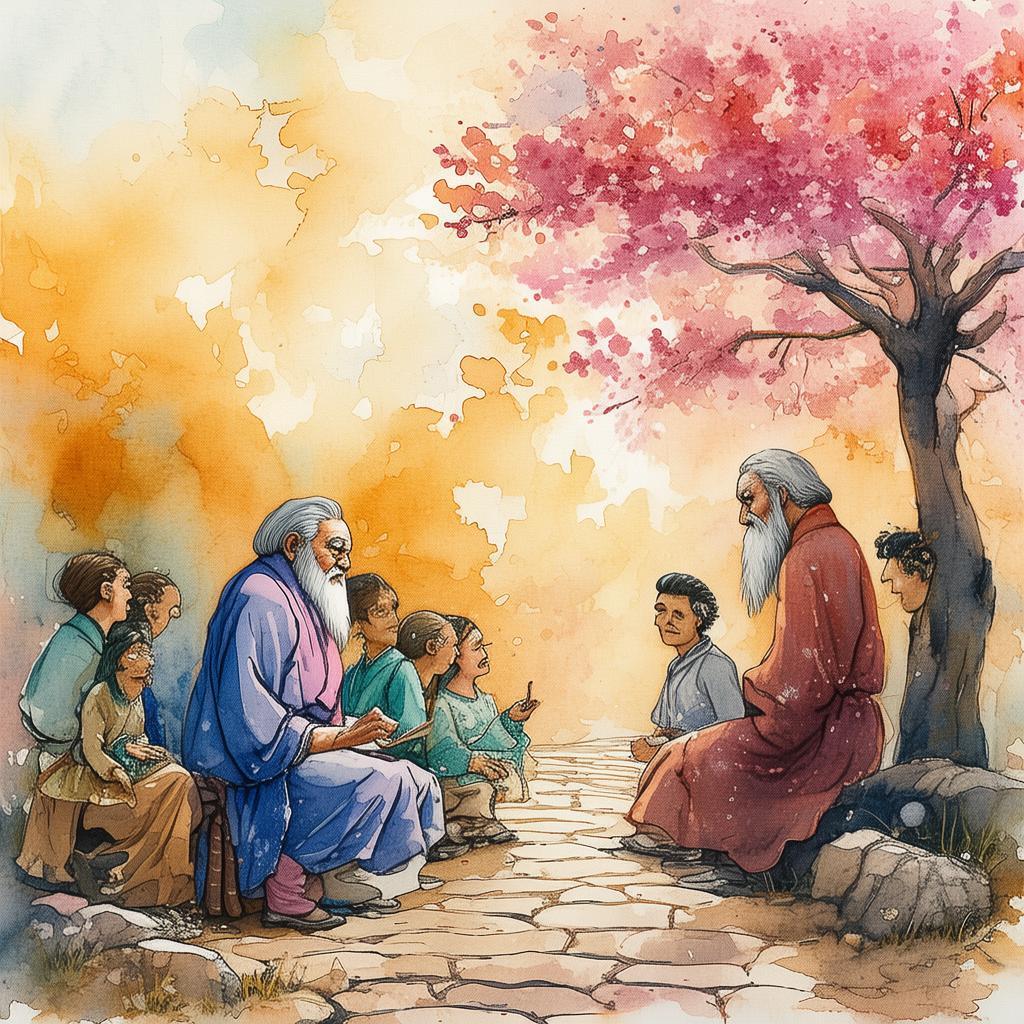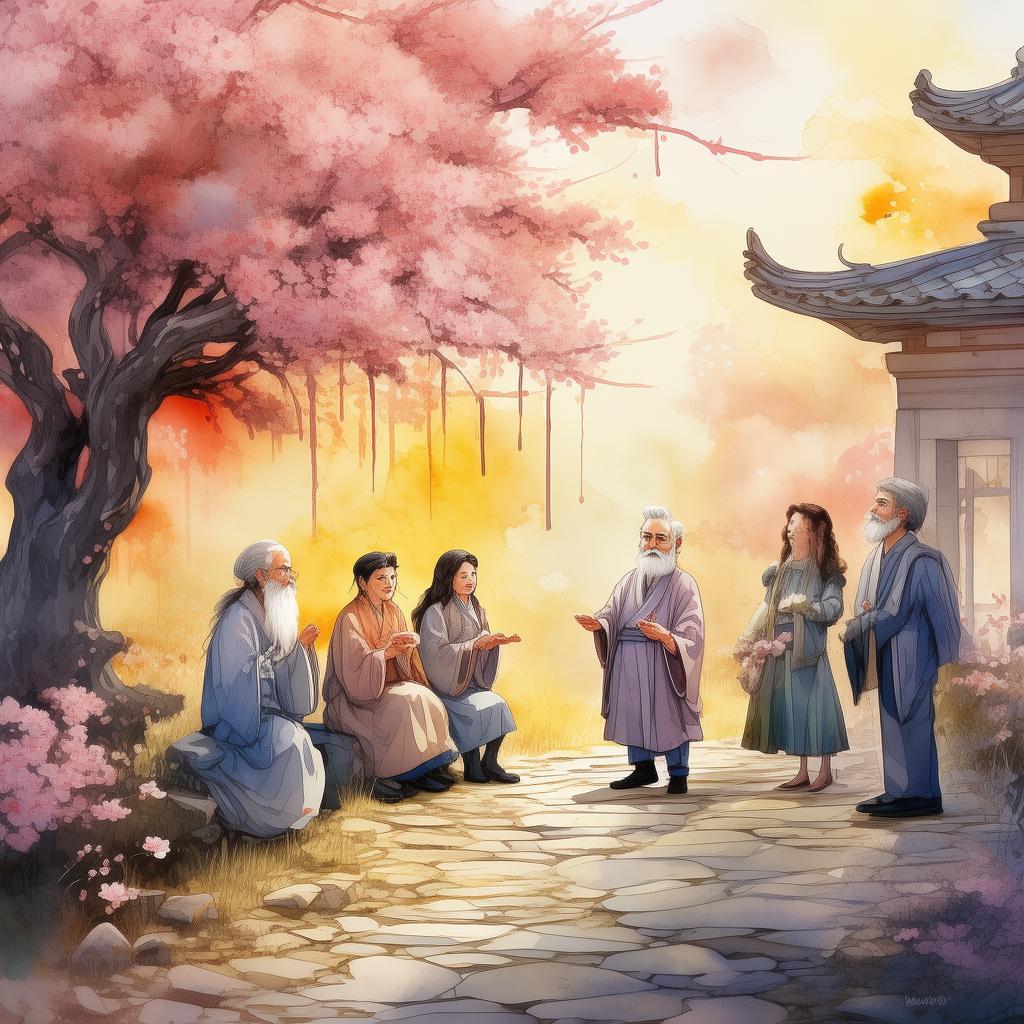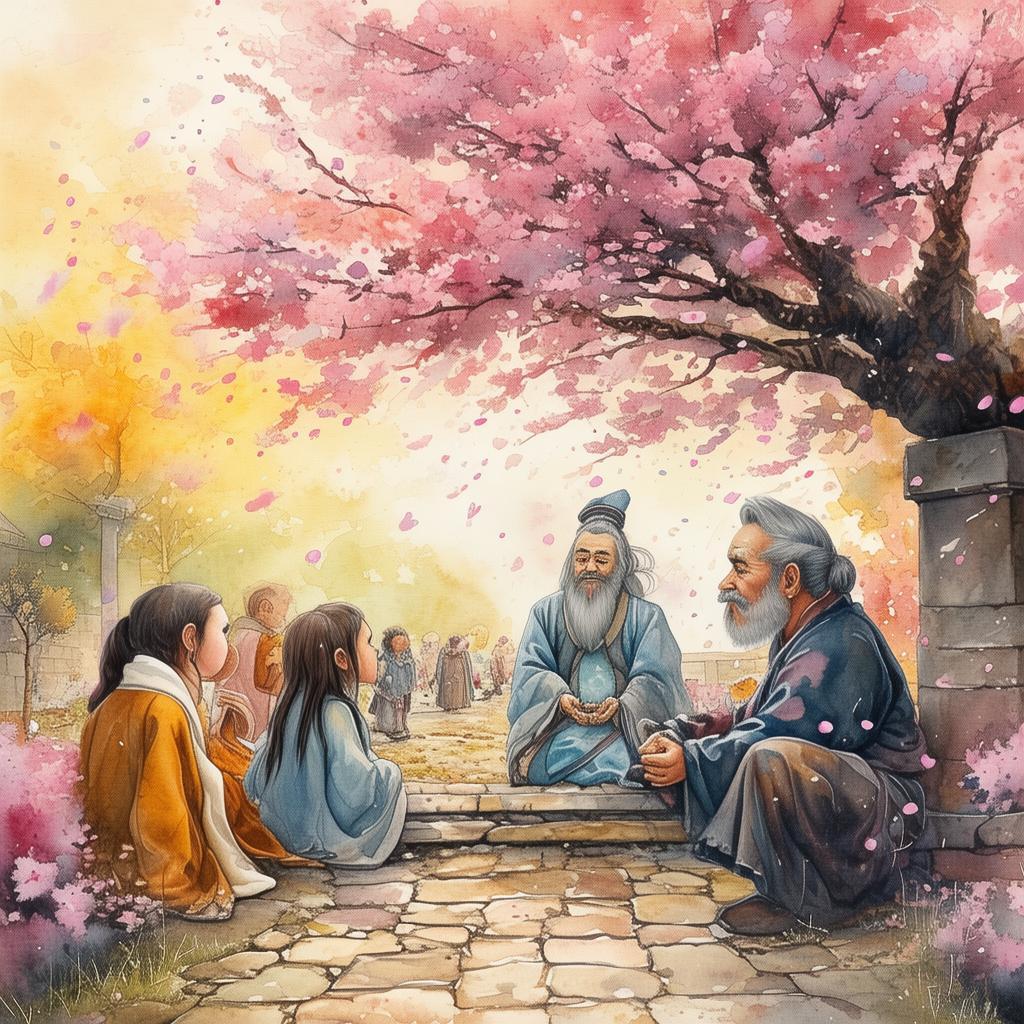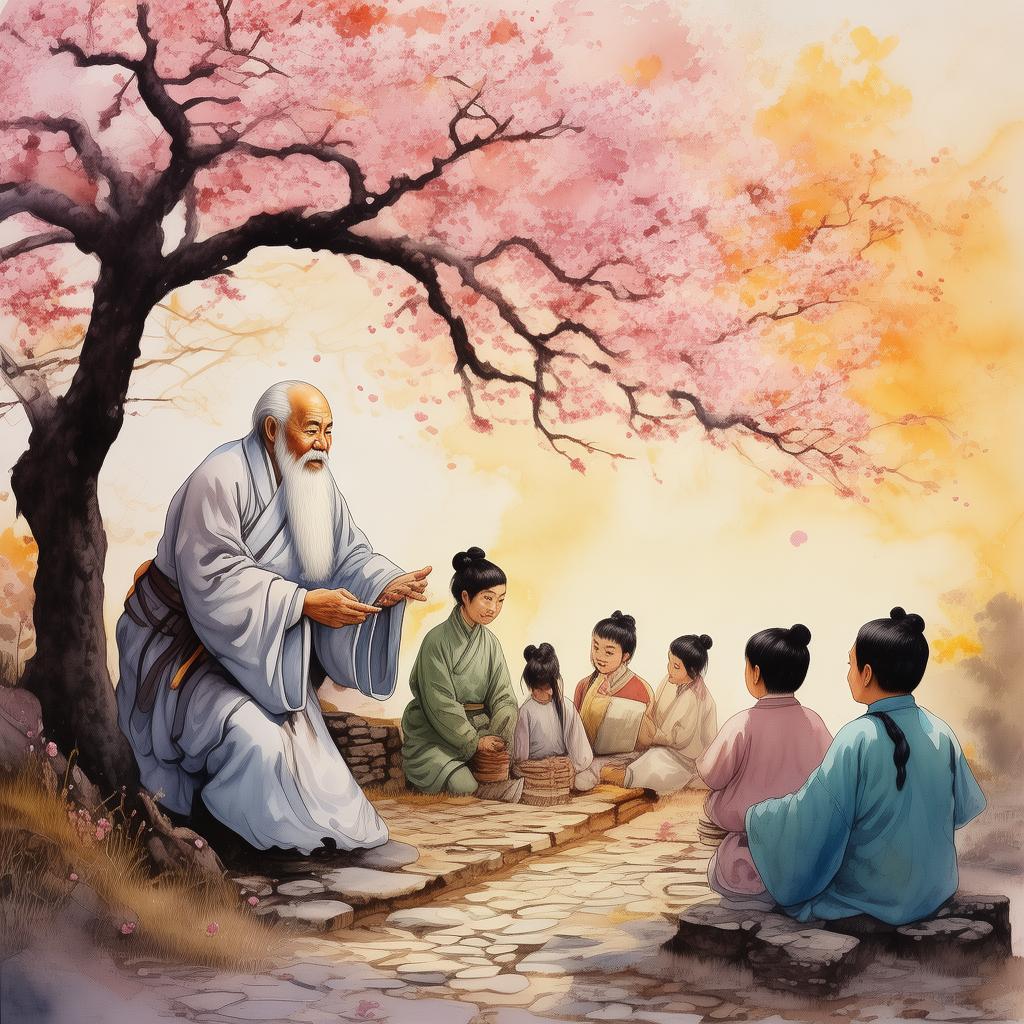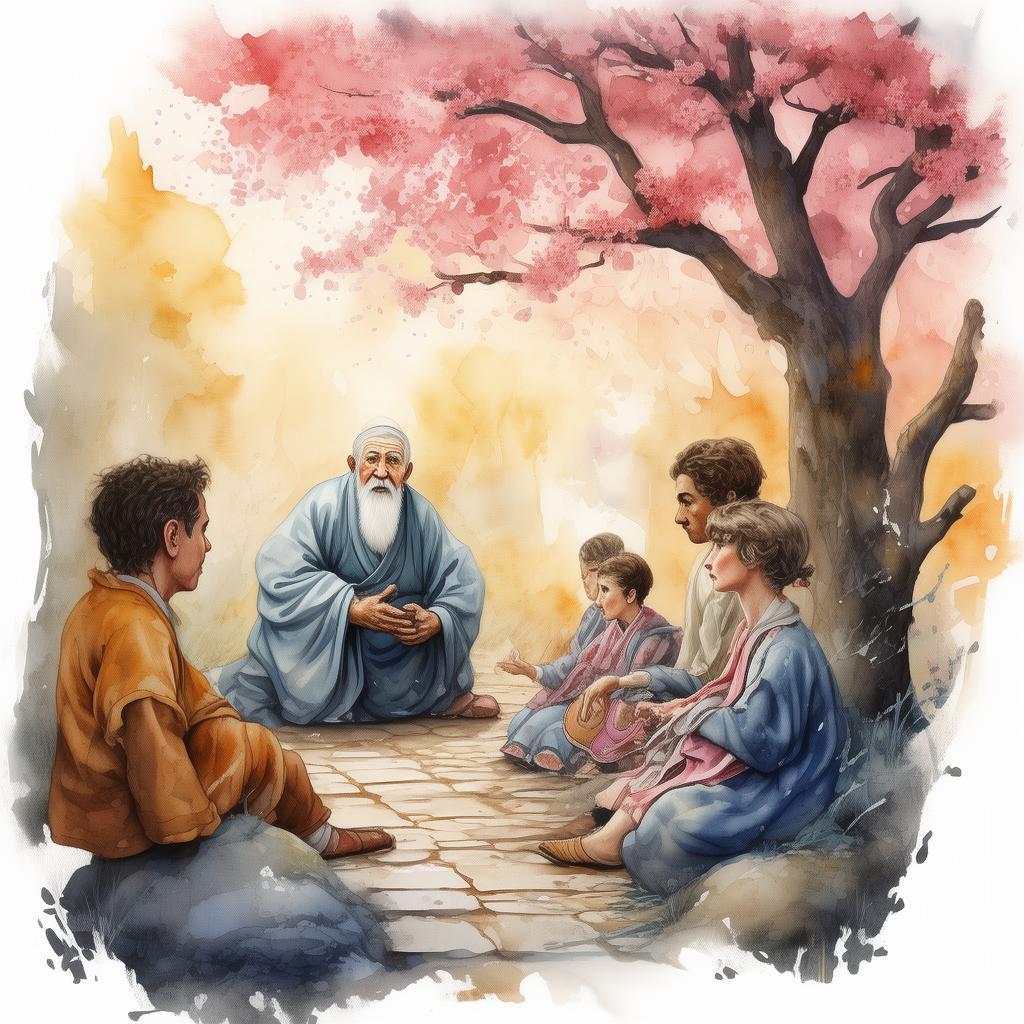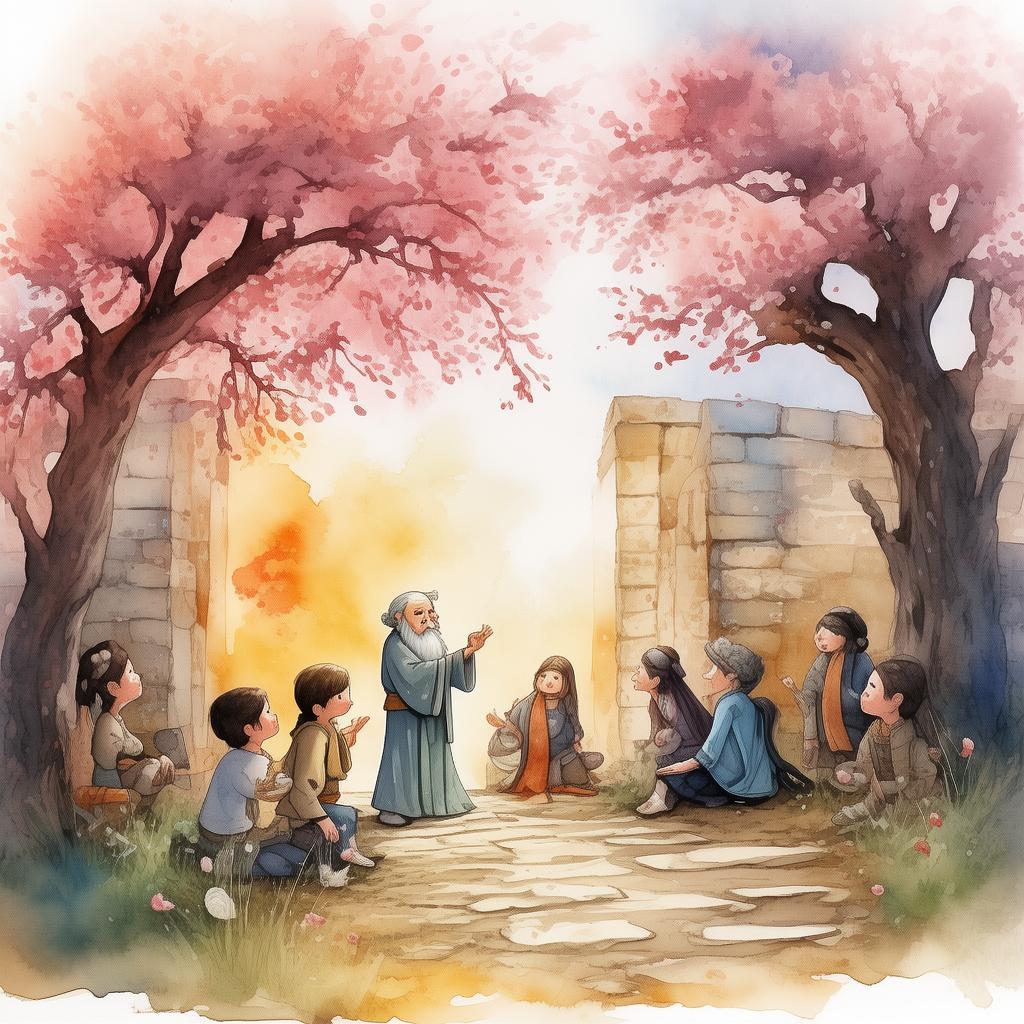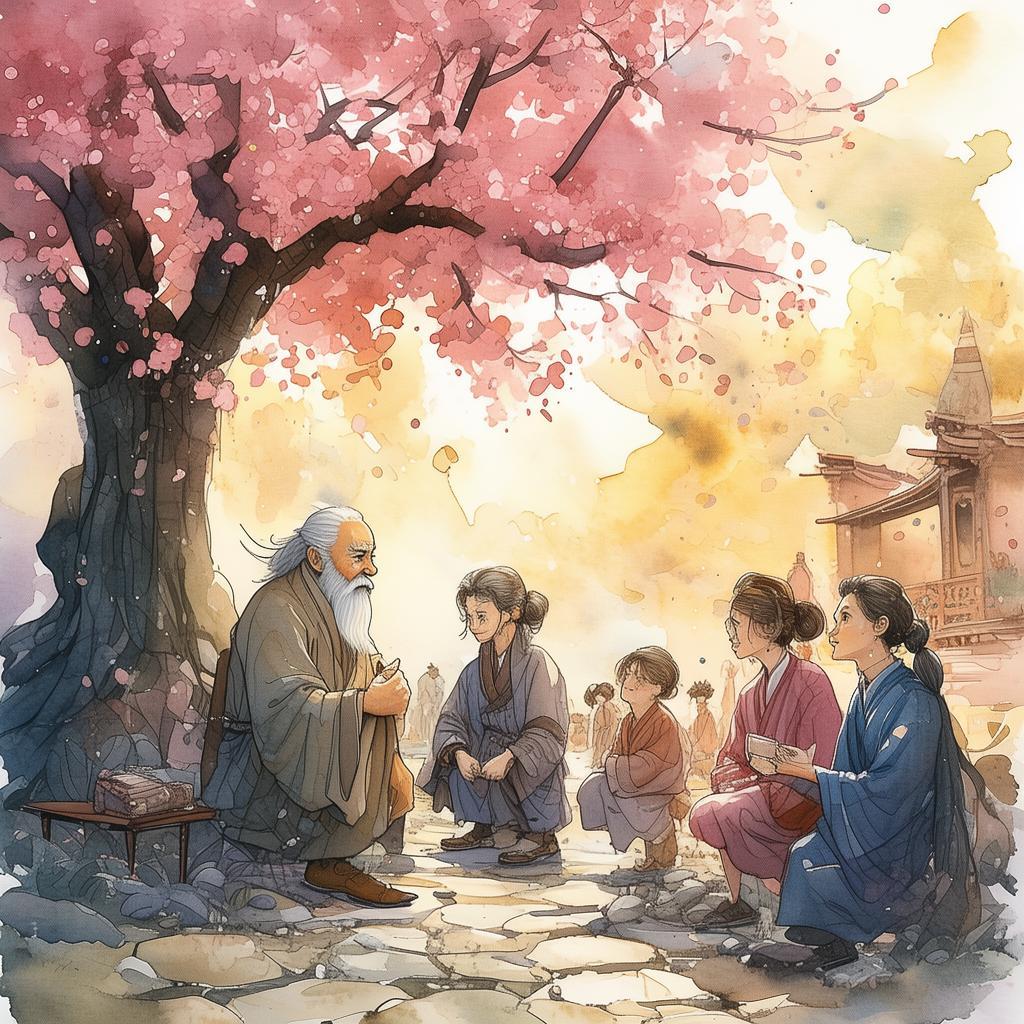Dragon's Whiskers: The Forbidden Ritual of the Ming Dynasty
In the year 1403, the Ming Dynasty was at the height of its power. The emperors, known for their wisdom and benevolence, were revered by their subjects. Yet, beneath the surface of this grand empire lay a dark secret, one that had been kept from the eyes of the world. It was a ritual so ancient, so forbidden, that only a select few knew of its existence.
The Dragon's Dance was a ritual performed by the emperor himself, a dance that was said to be the key to maintaining the balance of the world. It was a dance that required the emperor to don a mask adorned with the whiskers of a dragon, a creature of power and mystery. The whiskers were said to possess the essence of the dragon, granting the emperor the ability to control the elements and ensure the prosperity of the empire.
The ritual was to be performed every fifteen years, on the eve of the Mid-Autumn Festival. This year, the festival was approaching, and the emperor, Emperor Yongle, was eager to perform the dance. However, there was a problem. The whiskers of the dragon had not been found since the last performance, and the emperor's advisors were in a panic.
In the midst of this chaos, a young scholar named Lin Wei was summoned to the imperial court. Lin Wei was known for his vast knowledge and his ability to solve the most complex of riddles. The emperor, desperate, asked Lin Wei to find the whiskers before the ritual could begin.
Lin Wei set out on a journey that would take him through the darkest corners of the empire. He traveled to remote mountains, where he encountered strange creatures and mystical beings. He sought the wisdom of the ancient sages, who spoke in riddles and cryptic sayings. And all the while, he was pursued by the emperor's guards, who were convinced that Lin Wei was a traitor.
As Lin Wei delved deeper into his quest, he began to uncover the truth behind the Dragon's Dance. He learned that the ritual was not just a symbol of power, but a way to keep the emperor in check. The whiskers were a reminder that even the most powerful ruler was not above the laws of nature.
The closer Lin Wei came to finding the whiskers, the more he realized that the ritual was a lie. The dragon whiskers were a myth, a creation of the emperor's own mind. The true power lay not in the ritual, but in the emperor's own heart and mind.
On the eve of the Mid-Autumn Festival, Lin Wei returned to the imperial court with the whiskers in hand. The emperor, seeing the truth in Lin Wei's eyes, was struck by a profound realization. He understood that the ritual was a crutch, a way to avoid the responsibility of governing his empire.
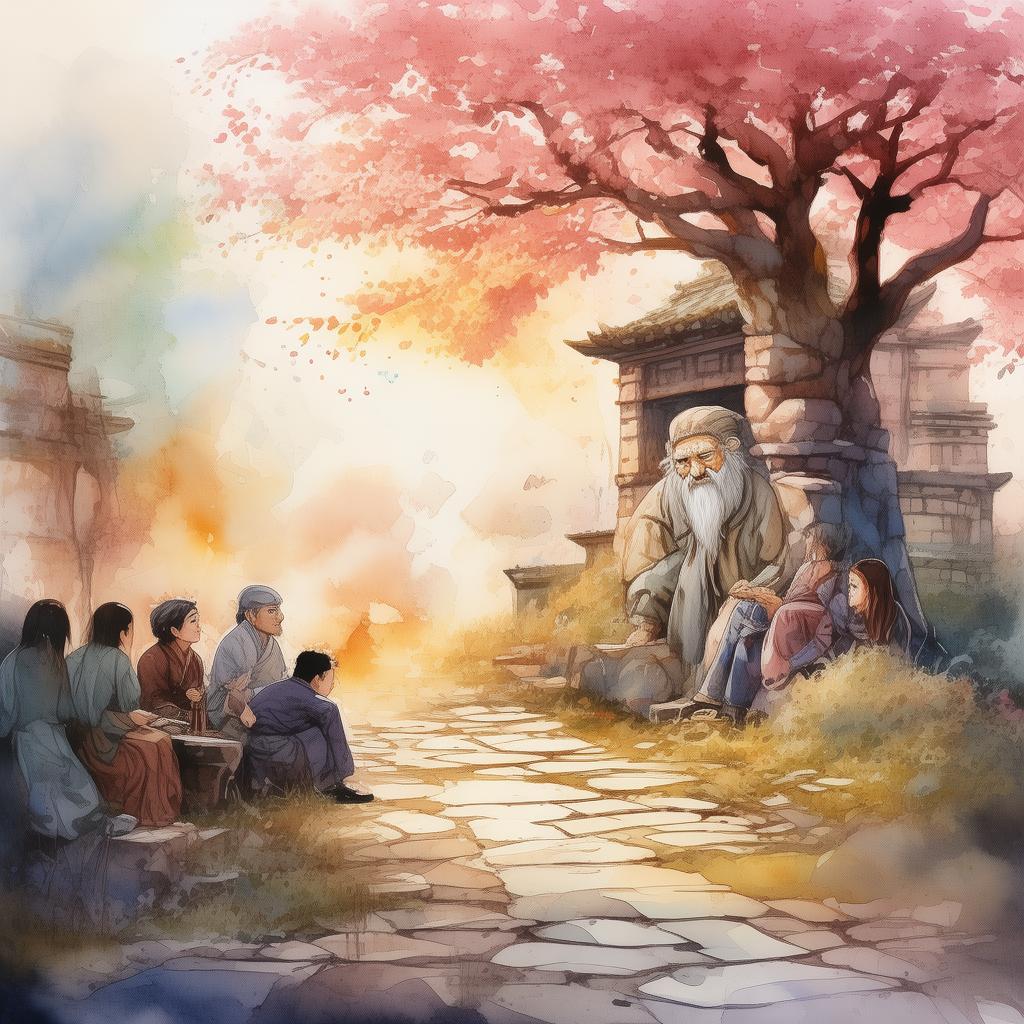
With a heavy heart, Emperor Yongle decided to cancel the ritual. He declared that the true power of a ruler lay in their ability to govern wisely and justly, not in the power of a mythical creature. The empire was forever changed by this decision, and the people flourished under the new, more humble leadership of Emperor Yongle.
Lin Wei was hailed as a hero, and his name was etched into the annals of history. The Dragon's Dance became a legend, a tale of the power of truth and the folly of believing in myths. And the whiskers, once the symbol of the emperor's power, were returned to the mountains from which they came, a reminder that even the most powerful rulers must answer to the laws of nature.
In the end, the Dragon's Dance was a dance of deception, a ritual that was used to control and manipulate. But through the courage and wisdom of Lin Wei, the truth was revealed, and the empire was saved from the grip of a false god. The story of the Dragon's Whiskers would be told for generations, a tale of the triumph of truth over power.
✨ Original Statement ✨
All articles published on this website (including but not limited to text, images, videos, and other content) are original or authorized for reposting and are protected by relevant laws. Without the explicit written permission of this website, no individual or organization may copy, modify, repost, or use the content for commercial purposes.
If you need to quote or cooperate, please contact this site for authorization. We reserve the right to pursue legal responsibility for any unauthorized use.
Hereby declared.
